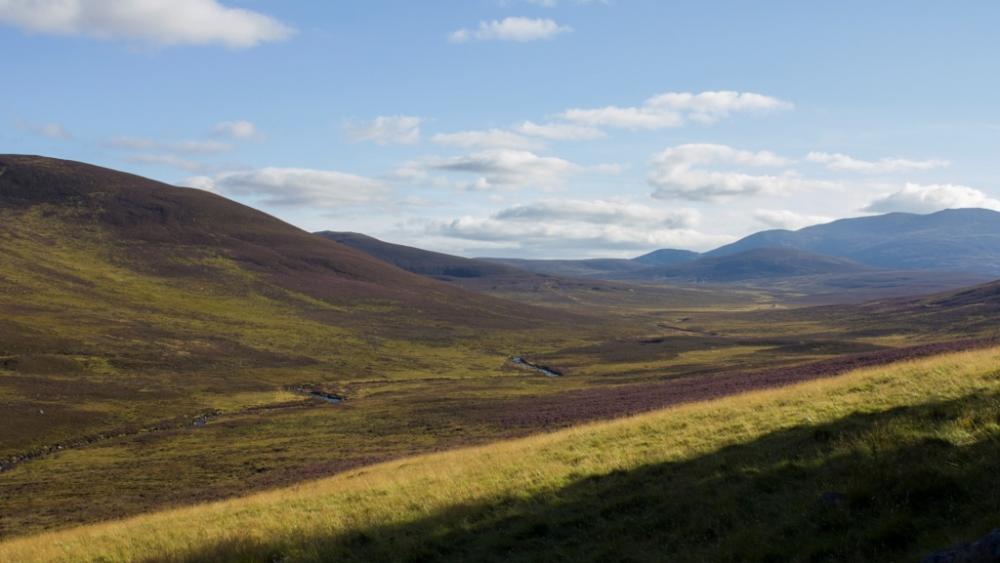
Glen Girnock in Scotland | Photo: University of Aberdeen
Professor Chris Soulsby, scientist at IGB and the University of Aberdeen has been involved in the Girnock study for over 30 years: “This 60-year dataset provides a detailed understanding of how salmon populations and their habitat use has changed as the climate has warmed. Unfortunately, this shows an alarming decline in the number of salmon returning from the sea, which is consistent with the declining angling catches observed on many Scottish rivers.”
Fewer returnees and smaller females lead to lower egg deposition
This strong downward trend in return rate is indicative of declining survival between emigration and adult return. This is particularly concerning given the major reduction of distant water and domestic commercial exploitation over the same time period. Indeed, there are now no commercial distant water fisheries for salmon, local net fisheries have also been removed. The size of female salmon – and thus the number of eggs produced – has also declined. This combination of fewer and smaller females has had a substantial effect on egg deposition.
The factors driving these changes are multiple and complex. Poor marine survival and growth are thought to be key factors resulting from declining marine food resources due to climate change.
Warmer river water drives young fish into the sea earlier
There is evidence that migrating juvenile salmon are leaving river systems earlier in the year. This is probably related to an increase in stream temperature allowing more rapid growth and maturation. The timing of migration is probably important to subsequent survival, matching arrival at sea with available food resources and potentially allowing migrants to avoid other pressures. Higher temperatures can also cause physiological stress to young fish. “So planting trees on the river bank for more shade and cooler water would probably help,“ said Chris Soulsby.
“However, we also know that juvenile habitat in the river isn’t limiting the population, so attempts to ‘create ’habitat by river engineering are unlikely to be successful,” the scientist added.
IGB-researcher Professor Doerthe Tetzlaff who is a co-author of the study concluded: “The extensive studies have allowed an unusually detailed fish population analysis and brought about a much richer understanding of the ecological functioning of the stream.”




